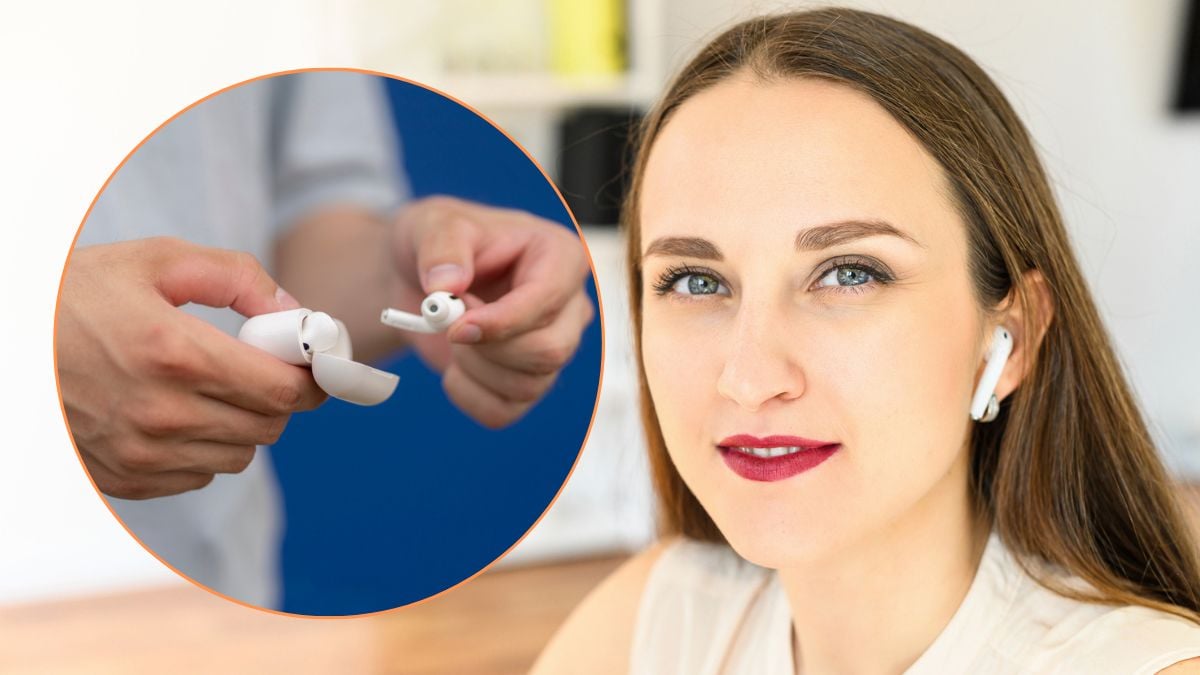I’ll admit, I’ve always been a staunch defender of the wired headphone regime — those tangled ambassadors of audio purity that never required a “quick recharge.” But here I am, eating humble pie (straight out of the fridge. Where I left my dignity), as Apple’s latest innovation has made me reconsider my Luddite leanings.
So, if you haven’t yet fished out your AirPods from the Bermuda Triangle that is your desk drawer — or worse, that vindictive little jeans pocket angry at being ignored — it’s time to pay attention. Millions of people already own these, and while you might just be using them to jam out to your favorite tunes, catch up on the latest MrBeast stunt, or lead a team of talented individuals like our managing editor, your AirPods Pro 2 are about to take on a whole new role.
With the FDA’s approval of Apple’s Hearing Aid and Hearing Test software, the unassuming earbuds can now transform into a powerful tool for enhancing your hearing. The landmark approval paves the way for users to test their hearing and adjust their audio environment directly from their iPhones or iPads. You can tweak volume, tone, and balance for an enhanced auditory experience. And yes, while battery life hovers around five to six hours, it’s a small price for accessibility. The best part? You won’t have to spend thousands of dollars or endure countless visits to a stuffy audiologist’s office to get your hands on a pair. A set of AirPods Pro 2 will run you $249 from Apple.
However, the real game-changer here isn’t just the convenience or the cost savings — it’s the way the AirPods Pro 2 challenges our perceptions of what a hearing aid looks and feels like. Gone are the days when wearing earbuds in social situations was considered the height of rudeness. When you consider the fact that these earbuds are now doubling as hearing aids, it’s time to retire that outdated notion of etiquette once and for all.
And let’s face it: traditional hearing aids burden users with a stigma of disability — unsexy and a loud declaration of imperfection. The AirPods Pro 2, however, sidesteps these stereotypes, with its stylish alternative that many might wear (and are already wearing) with less hesitation.
And the timing couldn’t be better
A notable study, part of the Aging and Cognitive Health Evaluation in Elders (ACHIEVE) project, found that hearing aid use reduced cognitive decline by 48% over a three-year period among older adults who were at increased risk for dementia. Untreated hearing loss can be a precursor to serious mental health issues, including depression and anxiety. The isolation that often comes with hearing loss can lead to a lack of social interaction.
Of course, the AirPods Pro 2 aren’t perfect. They’re certainly not designed for those with severe hearing loss. Plus, with a battery life of just five to six hours in a hearing aid mode, you might find yourself reaching for your charger more often than you’d like — or worse, dealing with the occasional iPhone-style glitch. Despite these drawbacks, this is a huge step forward in making hearing aids more accessible, affordable, and dare I say, cool. Apple’s AirPods Pro 2 hearing health features will begin rolling out from Oct.28, 2024.
